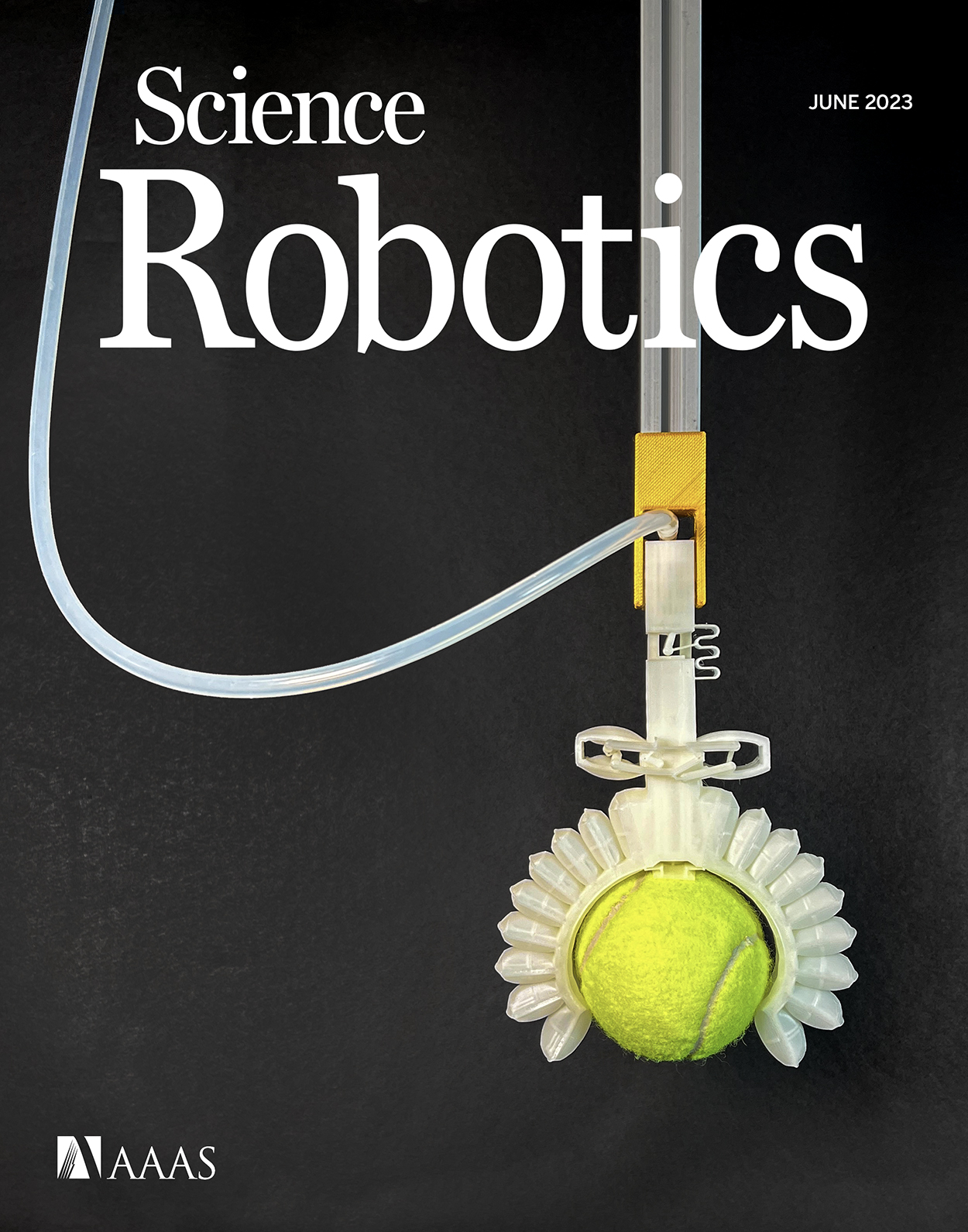
Dr. Volker Strobel

Dr. Volker Strobel
IRIDIA
Université Libre de Bruxelles
Av. F. Roosevelt 50
CP 194/6
1050 Brussels
Belgium
email: volker.strobel [at] ulb.be



I am a postdoctoral researcher at the Artificial Intelligence lab IRIDIA, working with Prof. Marco Dorigo. My research is funded by an F.R.S.-FNRS research grant that I was awarded for my project Security by design: Preventing attacks on robot swarms.
I investigate the possibilities and limitations of integrating blockchain technology into robot swarms.
My research career began in 2014, when I obtained a B.Sc. degree in Cognitive Science at the University of Tübingen, Germany, followed in 2016 by an M.Sc. degree in Artificial Intelligence at the Radboud University, Nijmegen, Netherlands. During my M.Sc. studies, I was a guest student at TU Delft, Netherlands, where I also completed my M.Sc. thesis.
Download my full CV as PDF (last updated: December 2023)
News
25 March 2024
Our article Blockchain technology for mobile multi-robot systems by Marco Dorigo, Alexandre Pachecho, Andreagiovanni Reina, and Volker Strobel was published in Nature Reviews Electrical Engineering (free access via this link).

28 June 2023
Our article Robot swarms neutralize harmful Byzantine robots using a blockchain-based token economy by Volker Strobel, Alexandre Pachecho, and Marco Dorigo was published in Science Robotics (free access via this link).

20 June 2023
I was granted a 3-year research grant as postdoctoral researcher by the Belgian F.R.S.-FNRS. I am excited to start my position in October 2023.

Research
Nature Reviews Electrical Engineering (2024)
Science Robotics (2023)
Robot swarms neutralize harmful Byzantine robots using a blockchain-based token economy
Volker Strobel, Alexandre Pachecho, and Marco Dorigo
Science Robotics, Vol 8, Issue 79DOI: 10.1126/scirobotics.abm463 (free access to the full-text version via this link)
In this study, we demonstrate the potential of blockchain technology to secure the coordination of robot swarms. In experiments conducted with both real and simulated robots, we show how blockchain technology enables a robot swarm to neutralize harmful robots without human intervention, thus enabling the deployment of autonomous and safe robot swarms.
Background information
A robot swarm consists of a large number of autonomous robots that exploit self-organization to coordinate their activities and to solve complex problems that are beyond the capabilities of the single robots. Even though the inherent robustness to failure, scalability, and flexibility of a self-organized system makes of robot swarms ideal candidates for a number of real world tasks, current studies have limited their attention to safe laboratory settings and have virtually ignored security issues.

The main goal of my research is to build a secure robot swarm that is
scalable to real-world applications. To enable this, I address security
issues such as how to certify the swarm behavior and how to make the
swarm behavior tamper proof in a fully decentralized way.
In the project, the swarm members interact and coordinate via
a blockchain, a distributed database first developed in the context of the
digital currency Bitcoin. The blockchain is intended to establish a secure
communication medium for
the robot swarm. Smart contracts—programming code on the blockchain
that is automatically executed if a specified event occurs—will introduce
unstoppable and secure coordination mechanisms using the Ethereum framework. The project seeks to
investigate possibilities and limitations of combining blockchain and swarm
robotics technologies to produce secure robot swarms.

I conduct experiments to test robot swarm coordination mechanisms
based on smart contracts and blockchains and I analyze the obtained
swarm dynamics and evaluate their robustness in a number of different
scenarios. My objectives are to identify critical steps in designing secure
systems, to show implications of attacker strategies, and to propose
solutions to security challenges in swarm robotics.

